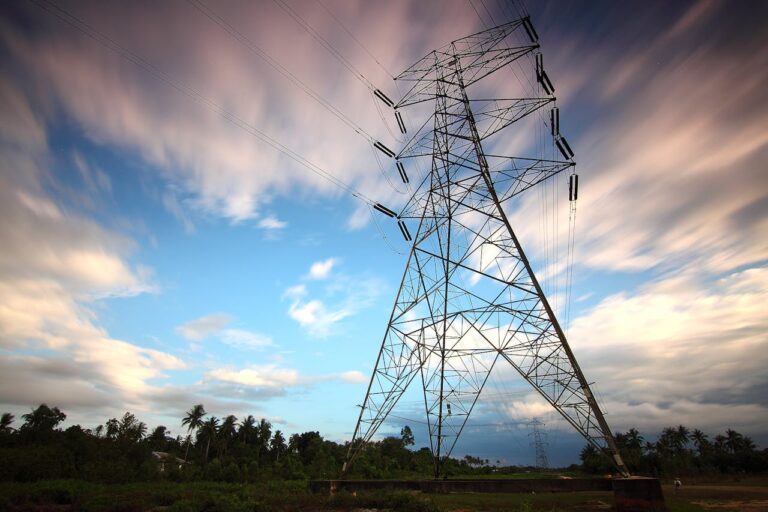New build homes offer significant energy efficiency advantages over older properties, but understanding what to look for and potential pitfalls is crucial for maximizing your investment and avoiding hidden costs.
Why New Builds Are More Energy Efficient
Modern construction standards create substantial advantages through regulated building practices. New builds typically achieve 75-80% better energy performance than older properties through:
Superior Insulation: Wall insulation reaches U-values of 0.18 W/m²K compared to 0.45 W/m²K in pre-2002 properties. Roof insulation achieves 0.11 W/m²K versus 0.25 W/m²K in 1990s homes, representing 300-400% better performance.
Airtightness Standards: New builds maintain 5 air changes per hour at 50 pascals pressure or less, while older properties commonly experience 15-20 air changes, creating substantial heat loss.
Advanced Glazing: Double or triple glazing achieves U-values of 1.2-1.6 W/m²K compared to single-glazed windows at 5.0 W/m²K, reducing heat loss by up to 80%.
Efficient Heating Systems: Modern condensing boilers operate at 90-95% efficiency versus 65-75% in older systems. Heat pumps achieve seasonal performance factors of 3.5-4.5, generating multiple units of heat per unit of electricity consumed.
Essential Energy Efficiency Features
Heat Pump Systems: These deliver 300-400% efficiency compared to traditional boilers, extracting thermal energy from outside air at temperatures as low as -15°C. Air-source heat pump installation costs range from £8,000-12,000 but can reduce heating costs by 40-50%.

Mechanical Ventilation with Heat Recovery (MVHR): These systems recover 85-95% of heat from extracted air while maintaining indoor air quality. They cost £3,000-5,000 but reduce heating demand by 15-20%.
Smart Technology Integration: LED lighting delivers 80-90% energy savings, while smart controls and sensors can reduce consumption by an additional 20-40% through optimized usage patterns.
Evaluating Energy Efficiency When Buying
EPC Ratings: Look for A or B ratings, indicating annual energy consumption of 25-75 kWh/m². These properties typically have annual energy bills of £400-900 compared to £1,200-1,800 for E-rated homes.
Key Questions for Developers:
- What specific EPC rating does this home achieve?
- Which insulation materials and thicknesses were used?
- What heating system is installed (heat pump specifications)?
- Are renewable energy features included?
- Can you provide airtightness test results?
- How does the build comply with 2025 Future Homes Standard?
Future-Proof Features: Properties incorporating heat pumps, MVHR systems, triple glazing, and smart home integration typically achieve EPC A ratings with annual heating costs below £300, compared to £1,200+ for older homes.
Financial Benefits
Energy Bill Savings: New build homeowners save approximately £780 annually on energy bills, with some achieving savings up to £979 per year compared to older properties.
Green Mortgages: Many lenders offer reduced interest rates (0.1-0.5% below standard rates) for energy-efficient properties with EPC A or B ratings. Additional benefits include cashback incentives of £500-£2,000 and potential savings of £2,000-£8,000 over a 25-year mortgage term.
Property Values: Energy-efficient homes command 5-10% higher property values and appreciate faster than older properties, with research showing 10-15% higher values for EPC A-rated homes.
Common Issues to Watch For
Installation Problems: Thermal bridges from insulation gaps or compression can reduce performance by up to 50%. Look for uneven wall temperatures, condensation patterns, or higher-than-expected energy bills.
Ventilation Issues: MVHR systems require proper commissioning and regular maintenance. Check filters monthly and replace every three months to maintain efficiency.
Heating System Inefficiencies: Poor installation can reduce heat pump efficiency by 15-30%. Monitor performance through energy consumption data and ensure annual professional servicing.
Future Regulations
The Future Homes Standard (FHS) comes into force in 2025, requiring new builds to be “net zero ready” with 75-80% fewer carbon emissions than current standards. This mandates:
- Enhanced insulation exceeding current requirements
- Low or zero carbon heating systems
- On-site renewable energy generation
- Improved airtightness standards
- Energy monitoring systems
Maximizing Your Investment
To optimize your new build’s performance:
- Configure heating controls to match daily routines with gentle temperature adjustments
- Use zoning controls to heat only occupied areas
- Choose A-rated appliances to maintain overall efficiency
- Monitor smart meter data weekly to identify unusual consumption patterns
- Ensure proper maintenance of ventilation filters and heating systems
Conclusion
Energy-efficient new builds offer substantial financial and environmental benefits when properly designed and maintained. By understanding key features, asking the right questions, and staying vigilant about potential issues, you can secure a property that delivers promised energy savings while meeting future regulatory standards. The combination of lower energy bills, preferential mortgage products, and higher property values makes energy-efficient new builds a compelling investment for long-term homeownership.






